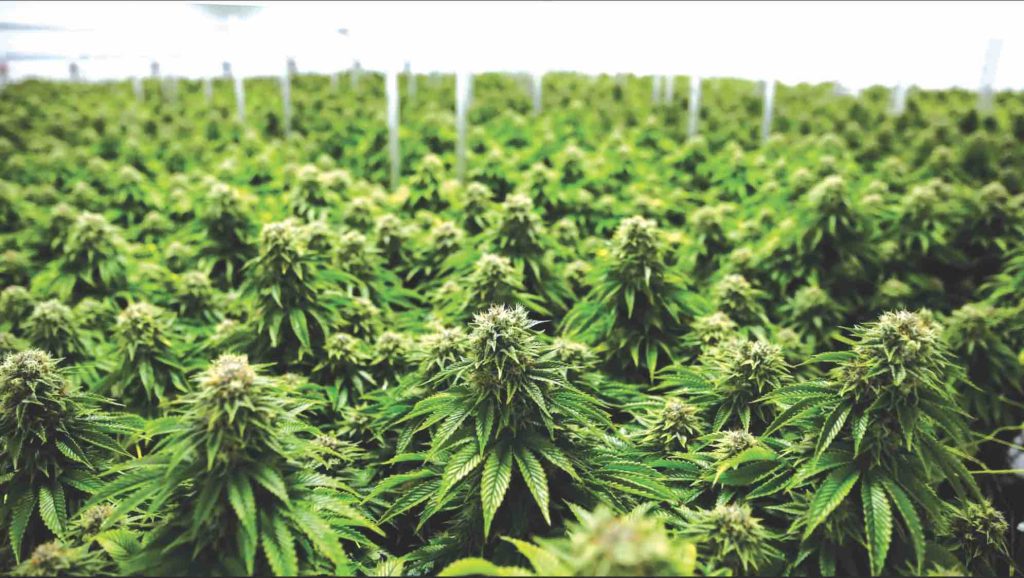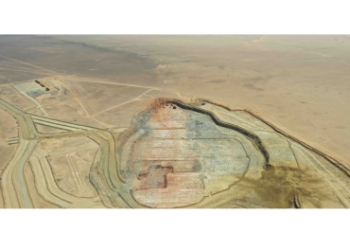As the smoke clears on decades of cannabis prohibition, two North American giants emerge in starky different hues of green.
December 12, 2023. Cesar Salan.

Canada’s sweeping federal legalization paints a uniform picture of acceptance, while the U.S. presents a patchwork quilt of state-specific legislation. This article embarks on an explorative journey through the diverse landscapes of cannabis culture in these neighboring nations. We’ll unravel the intricacies of their legal frameworks, societal embrace, and burgeoning markets to discern whether the leaf flourishes more vibrantly under the maple or the stars and stripes.
Legal Landscape: Federal Vs. State Rights
The legal approach to cannabis in Canada and the United States reflects their distinct political and cultural identities.In Canada, the Cannabis Act of 2018 marked a historic shift, positioning Canada as one of the first major global economies to legalize cannabis at the federal level. This landmark decision created a unified legal framework across the country, allowing for both recreational and medicinal use of cannabis. Canadian provinces and territories have the autonomy to fine-tune certain aspects, like the legal age for consumption and retail models, but the overarching legal consistency provides a stable environment for consumers and businesses alike. In contrast, the United States presents a more fragmented picture. Despite a growing number of states legalizing cannabis for medicinal and recreational use, it remains illegal under federal law. This divergence creates a complex legal landscape where state laws are often at odds with federal regulations. States like California, Colorado, and Oregon have established robust legal markets with their own regulatory frameworks, while others still impose strict prohibitions. This inconsistency not only affects accessibility and legality for users but also complicates business operations, especially in areas like banking and interstate commerce. The dichotomy in the legal approach also impacts research and development. Canada’s federal legality fosters a more conducive environment for cannabis research, allowing scientists and companies to explore the plant’s potential without the legal hurdles present in the U.S. Meanwhile, in the United States, researchers often face challenges in obtaining cannabis for study due to federal restrictions, hindering the growth of scientific understanding and innovation in the field. Furthermore, the difference in legal status has implications for international commerce. Canadian cannabis companies operating under a federal legal system, are better positioned to expand into global markets. U.S. companies, on the other hand, are largely confined to domestic operations, navigating a complex web of state-specific regulations without the leverage of federal support. In summary, while Canada offers a more uniform and stable legal landscape for cannabis, the United States presents a dynamic but fragmented picture, with varying degrees of legality and accessibility depending on the state. This fundamental difference in legal approach shapes the entire cannabis narrative in each country, from consumer experience to business operations and research opportunities.
Quality and Accessibility
The quality and accessibility of cannabis in Canada and the United States are deeply influenced by their respective legal frameworks. In Canada, the federal legalization under the Cannabis Act ensures that quality control and product safety are standardized across the country. Health Canada plays a pivotal role in regulating the production, distribution, and sale of cannabis, ensuring that products meet strict safety standards. This federal oversight results in a consistent and reliable quality of cannabis products available to consumers through licensed dispensaries and online platforms. Furthermore, the uniformity in regulation across provinces and territories means that access to quality cannabis is relatively consistent throughout Canada, making it easily accessible to consumers regardless of their location. In the United States, the situation is more varied due to the state-by-state approach to legalization. In states where cannabis is legal, the market is often highly competitive, driving innovation and a wide variety of products. This competition can lead to exceptional quality, with some states becoming known for their premium cannabis products.However, the lack of a unified federal regulatory framework means that quality and safety standards can vary significantly from state to state. In states with legal cannabis, consumers often have access to an array of dispensaries and products, but in states where cannabis remains illegal, access is limited, and quality cannot be assured. The decentralized nature of the U.S. cannabis market also means that the accessibility and availability of products can greatly differ. While some states have an abundance of dispensaries and a wide range of products, others have limited options or no legal access at all. This inconsistency can be a barrier for consumers seeking reliable and high-quality cannabis products. Moreover, the U.S. market is characterized by a high level of innovation in product development. The competitive landscape, combined with varying state regulations, has given rise to a diverse array of cannabis products, from edibles and concentrates to topical applications and beyond. This diversity, while a boon for consumers in legal states, also underscores the disparities in access and quality across the country.
Cultural Acceptance and Education
The cultural acceptance and education surrounding cannabis in Canada and the United States reflect their legal landscapes but also delve into deeper societal attitudes and historical contexts. In Canada, the nationwide legalization of cannabis has significantly shifted public perception. The stigma associated with cannabis use has been steadily decreasing, paving the way for a more open and informed discussion about the plant. The federal government and various organizations have implemented extensive public education campaigns focusing on responsible use, health implications, and the legal aspects of cannabis. These efforts have been crucial in normalizing cannabis use in Canadian society and promoting an informed understanding of its benefits and risks. Moreover, the media representation of cannabis in Canada has evolved, with more positive and neutral portrayals becoming commonplace. This shift in public opinion and media representation reflects a broader cultural acceptance of cannabis, making it a part of mainstream conversation and lifestyle.
The U.S. market is characterized by a high level of innovation in product development. The competitive landscape, combined with varying state regulations, has given rise to a diverse array of cannabis products, from edibles and concentrates to topical applications and beyond.







